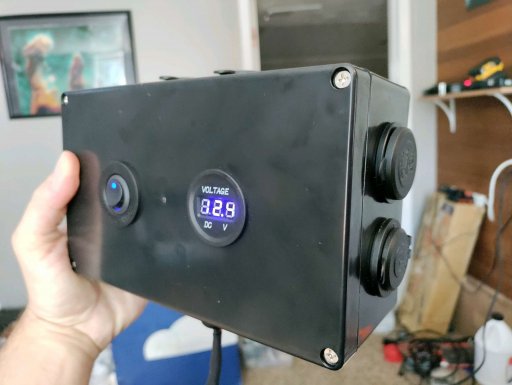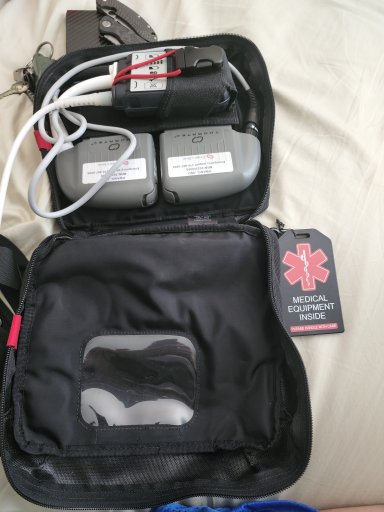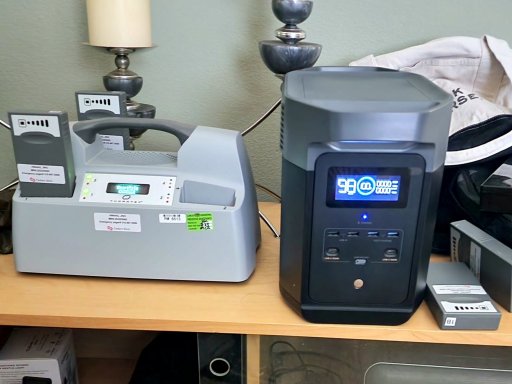I am one who was prescribed a CPAP by the VA and while small it is electric, just wondering if anyone has experience with a battery CPAP?
Yes, many people who require CPAP (Continuous Positive Airway Pressure) therapy for sleep apnea or related conditions have faced the challenge of needing to use their devices in places where power is not readily available. This is particularly true for campers, travelers, or those who deal with power outages. Battery-powered CPAP devices or battery backup solutions have been developed for these scenarios.
Here's some information on battery CPAP solutions:
Battery-Powered CPAP Machines: Some newer CPAP models are designed to be more portable and come with an integrated battery. They are often lighter and smaller, making them great for travel.
External Battery Packs: There are battery packs specifically designed for CPAP machines. These packs can be connected to your CPAP device to power it during outings or power outages. The battery life varies, but many can power a CPAP device for at least one or two nights, depending on the settings and usage.
Powering Duration: The length of time a battery can power a CPAP device depends on various factors, including the machine's settings, whether or not you're using a heated humidifier (which uses more power), and the battery's capacity.
Solar Charging: If you're camping or in an area without reliable power for an extended period, you might consider a solar charging panel to recharge your CPAP battery during the day.
Car Chargers: Some CPAP batteries can be recharged using a car's 12V power source, which can be handy for travelers or campers.
Usage Tips:
Always fully charge the battery before traveling.
If you're using a humidifier with your CPAP, consider turning it off or setting it to a lower setting to conserve battery power. The humidifier often consumes more power than the CPAP machine itself.
Some people keep a fully charged backup battery on hand in case of unexpected power outages.
Veteran Resources: Since you mentioned the VA, it might be helpful to know that some veterans have been able to obtain CPAP battery solutions through the VA, especially if they can demonstrate a medical or lifestyle need. You should consult with your VA healthcare provider or VA medical equipment supplier for options tailored to your situation.
Always ensure that any battery solution you consider is compatible with your specific CPAP model.











